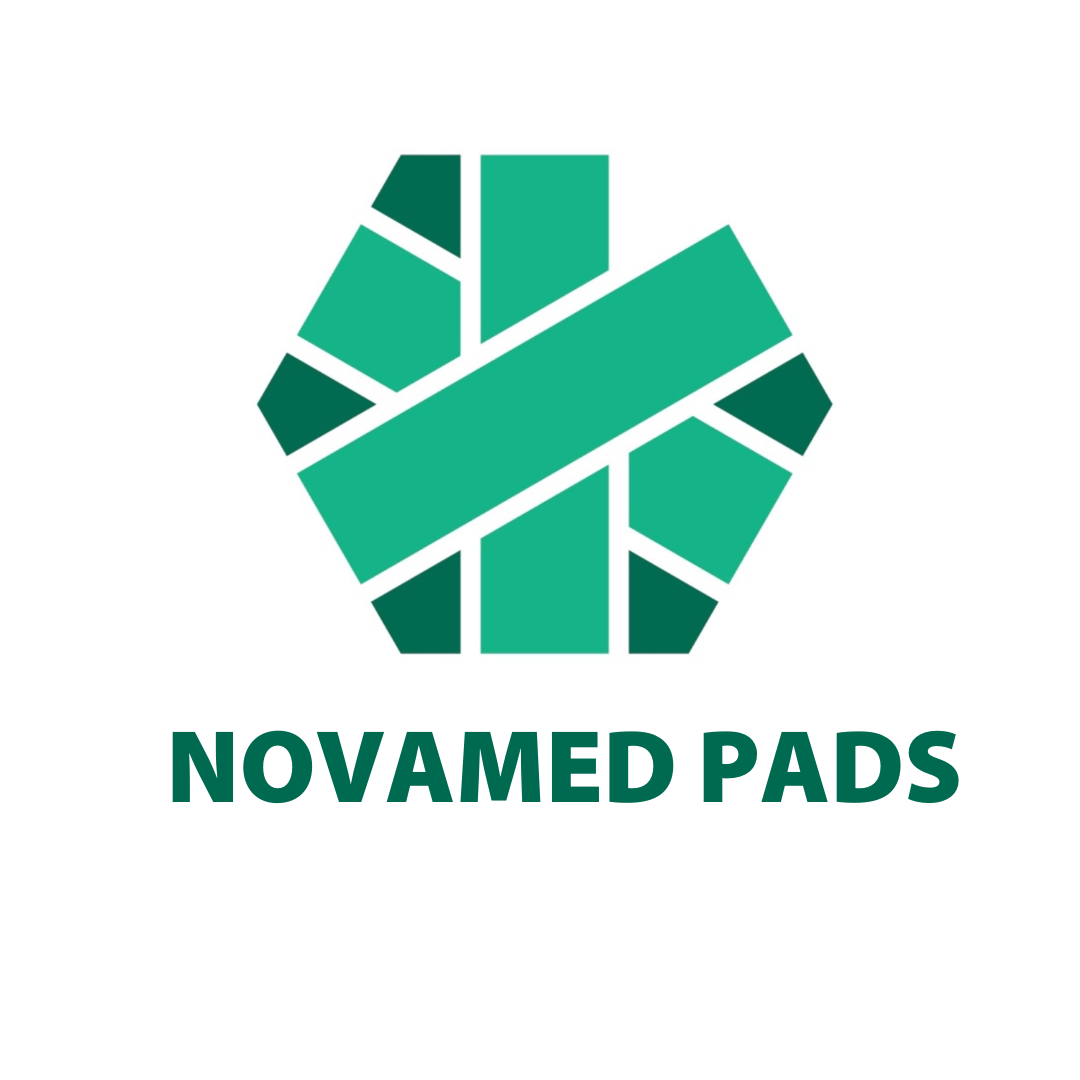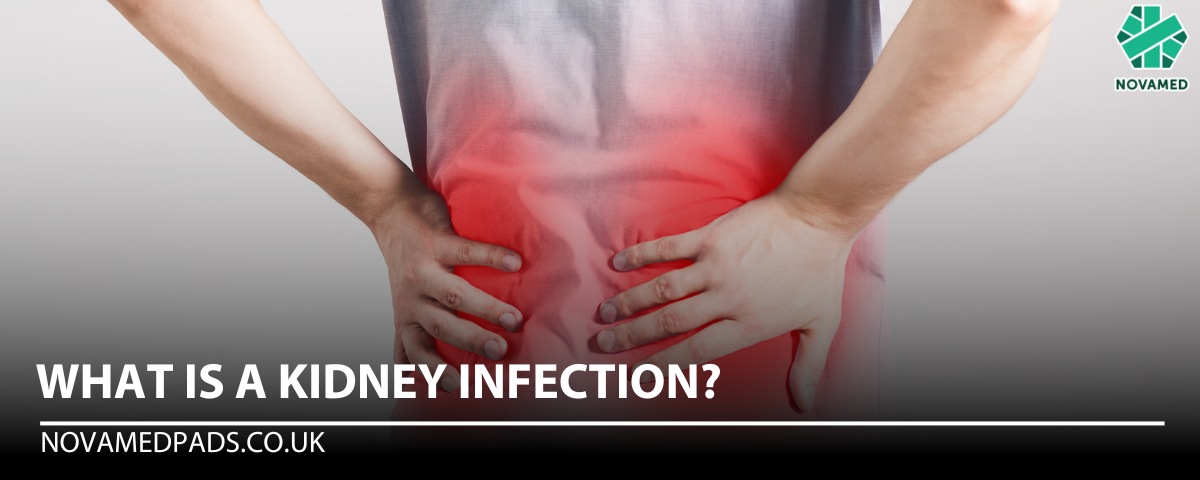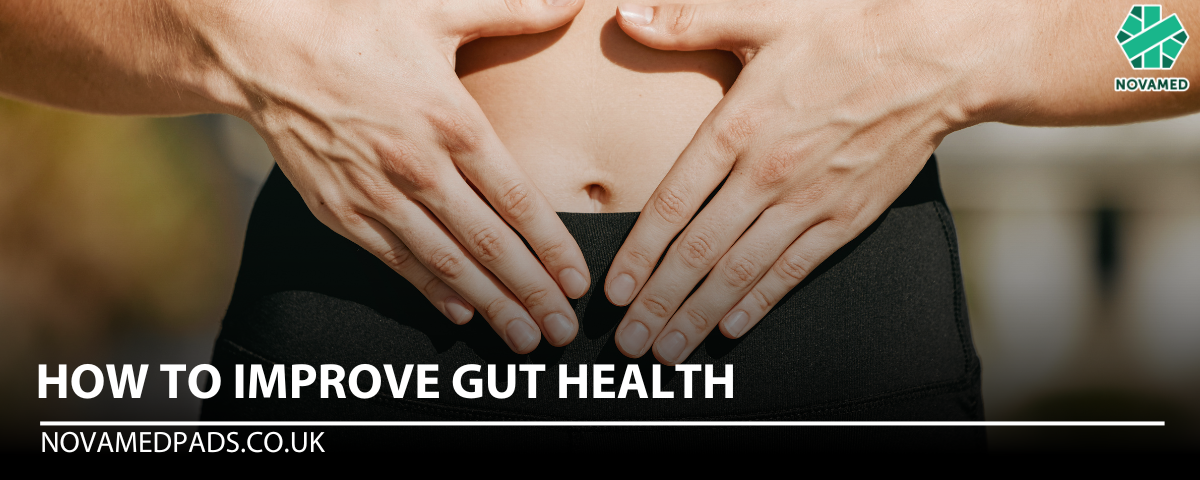
How Digestion Works
Digestion is a complex, yet unconscious process that takes place every day. You may not realise it, but digestion is made possible by breaking down food with the help of digestive enzymes. This blog will take you through each stage of digestion, explaining what happens and how your body absorbs nutrients from the food you eat.
What Happens During Digestion?
For food to be properly digested and transported through your gastrointestinal tract, different molecules must be absorbed through small structures called villi. These villi, found in the small intestine, provide access to essential nutrients such as sugars, amino acids, proteins, and carbohydrates from the food you eat.
The Role of the Duodenum and Ileum
Once food has been broken down, a portion is released into the duodenum for further digestion. The rest of the nutrient-rich food moves towards the ileum, where nutrients pass through the intestinal wall into your bloodstream. These nutrients are small enough to penetrate cell membranes, reaching vital parts of your body, including your brain.
Hormones and the Digestive Process
After nutrients are absorbed, the remaining food moves through the 12 segments of your intestines, where Peptide YY (PYY) hormones are released. These hormones signal the intestines to send leftover nutrients into the colon. This is where water is absorbed, turning the digested material into a semi-liquid state, which is then transferred to the large intestine.
The Large Intestine and Bacteria
The large intestine or colon plays a crucial role in digestion by storing waste before it's excreted. The process, known as egestion, involves the separation of waste into different parts. These include:
- Faeces: Composed of water, nitrogenous compounds, and toxins.
- Shoulders: Large deposits of bacteria, also known as intestinal flora.
- Tail: Mainly composed of water.
Throughout this process, the colon mixes the digested food with bacteria. This beneficial bacteria helps maintain a healthy digestive system by keeping harmful bacteria in check.
How Long Does Digestion Take?
Food passes through the colon in about 48 hours, though it can be faster for some people. During this time, the digestive bacteria play an essential role in breaking down food and ensuring the health of your digestive system. However, if harmful bacteria take over, digestive issues can arise.
Signs of Digestive Problems
If you experience stomach discomfort, it may be a sign that your digestive system is off balance. A doctor can examine a stool sample to check for an overgrowth of harmful bacteria, parasites, or other diseases that affect digestion.
Conclusion
Digestion is an essential process that keeps your body nourished and healthy. From breaking down food in the stomach to absorbing nutrients in the small intestine, each stage plays a vital role. Keeping your digestive system healthy requires a balance of beneficial bacteria and proper nutrient absorption. If you experience any digestive issues, consult your doctor for further advice.




